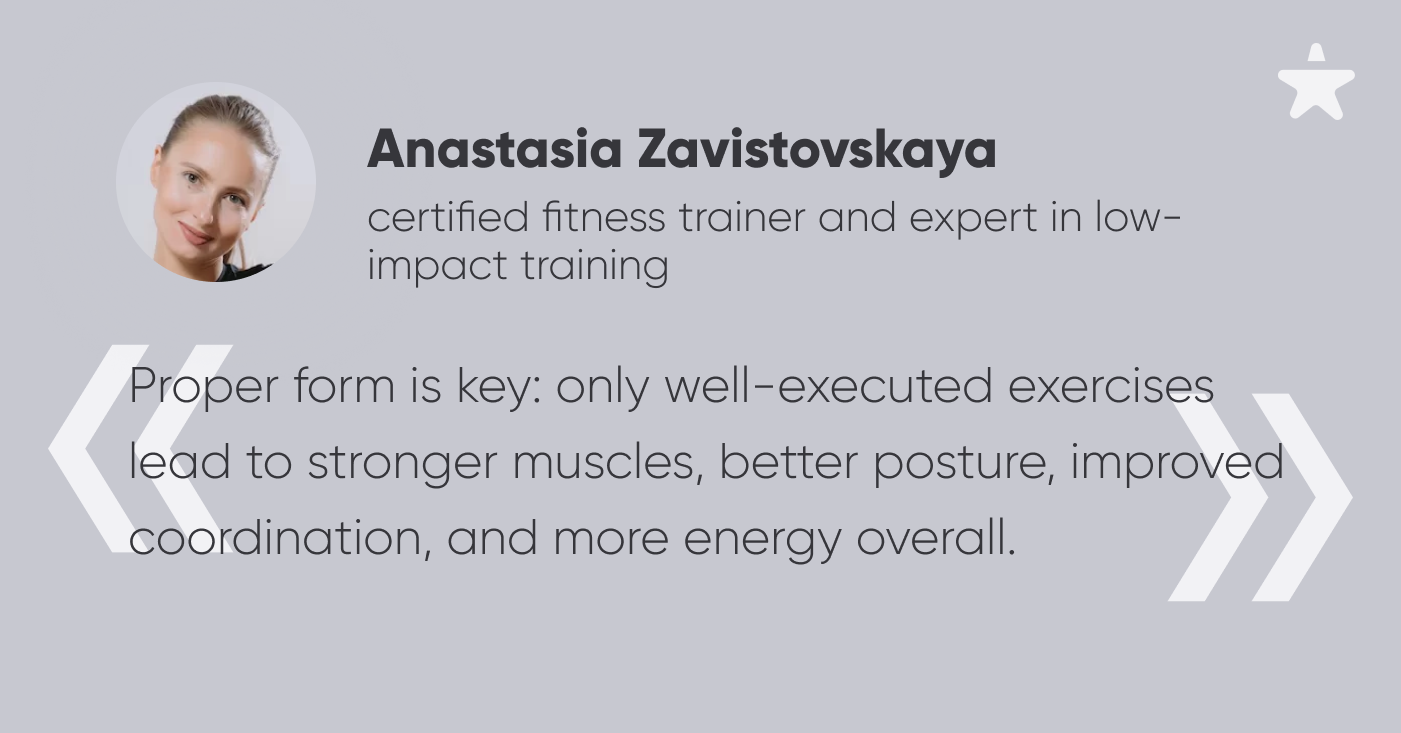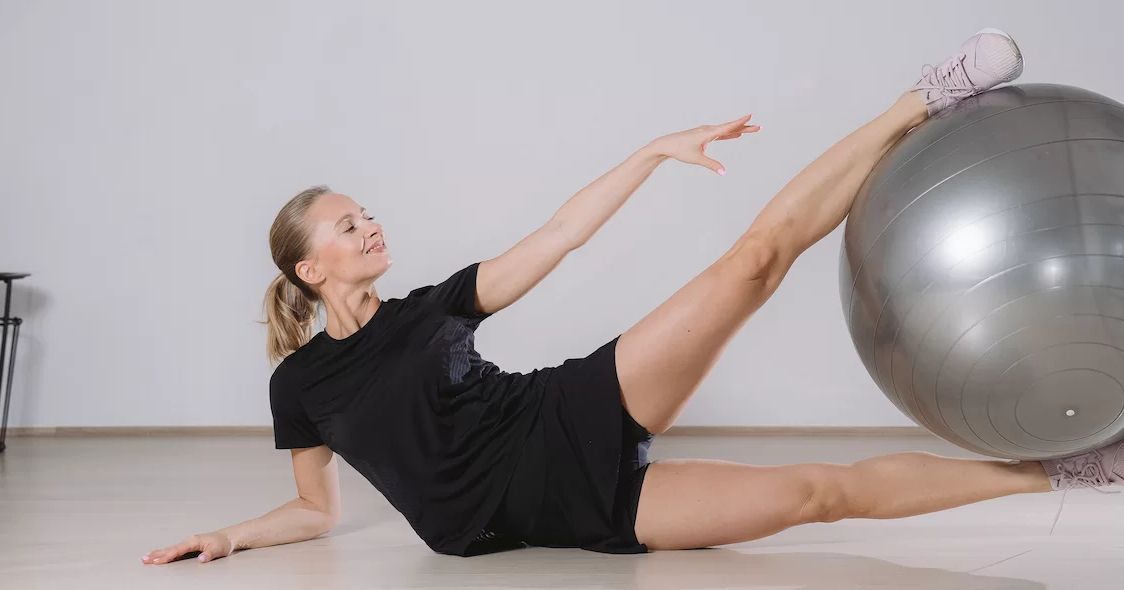{{ banner_block|raw }}
Fitball is a truly unique implement. Judge for yourself — both babies from 2 weeks of age and older people can exercise on it. This is practically the only training tool that uses the vestibular, motor, tactile and visual analyzers simultaneously, which greatly enhances the training effect. There are so few contraindications that even people recovering from injuries can safely train.
Surprisingly, it was originally created as a children’s balance ball.
From toy to fitness equipment
In 1963, Aquilino Cosani, owner of a small toy factory in Italy, began to produce large-diameter balls. The products were distinguishable because of the high durability, achieved by improved polyvinyl chloride molding.
Physiotherapists from Europe got interested in the toy. English and Swiss specialists began to use large balls in programs for newborns and infants, and in working with children suffering from cerebral palsy. In the 80’s, while visiting clinics in Europe, Americans learned about Fitball and began to successfully use it in the rehabilitation of patients with injuries of the locomotor system.
Doctors noted that patients had improved blood and lymph circulation, metabolism in the intervertebral discs, and tissue regeneration was accelerated. The healing effect was so obvious that the range of use of the ball began to grow rapidly. Now this popularized, inexpensive equipment can be found not only in gyms, but also at homes.
Fitballs have become a staple in American homes, gyms, and even office wellness programs thanks to their low-impact yet powerful workout potential.
Cross functional advantages of fitball
⦁ Fitball exercises correct crooked back posture, helps correct posture by engaging multiple muscle groups at once.
⦁ It improves physical coordination and increases muscle flexibility. The unstable ball forces you to constantly keep your muscles tense to maintain balance, and the round shape forces you to perform movements with greater amplitude.
⦁ Microdynamics and blood circulation in the intervertebral discs improves — due to the gentle bouncing boosts spinal circulation and provides a massage-like effect.
⦁ The round shape of the ball reduces the pressure to lower limbs. Thereby, even people with damaged knee and ankle joints, varicose veins, and extra weight can practice fitness training.
How to choose your fitball
height, ft | ball diameter, inch |
5 ft or shorter | 18 |
5’1” – 5’7” | 22 |
5’8” – 6’1” | 26 |
6’2” or taller | 30 |
While choosing the ball, consider your height. Another parameter: sitting on the ball, your thighs should be parallel to the floor or 0.7 – 1.5 in below the imaginary horizontal line drawn through the highest point of the thigh.
Important! If the ball is picked incorrectly, the pressure on the legs increases and the risk of injury to the thigh muscle and knee joint increases.
Who should not train on a fitball?
A short list of contraindications is another advantage of Fitball. It is not recommended for patients with serious pathologies of the cardiovascular system and internal organs, as well as those suffering from intervertebral hernias.
Mindfulness made easy — and 70% off. Use promo code MEDIUM and start training with us today.
As for the rest, with a properly prepared program, people of different ages and varying levels of physical fitness can train with a Fitball.
Fitball secrets with Anastasia Zavistovskaya

Fitball has become so popular and usable that you can practice it not only in special studios, but also at home. In fact, the home format of classes is becoming more and more popular.
Depending on the fitness level, it is recommended to modify the exercises. If exercise load has to be reduced, the amplitude and pace of the motion should be reduced accordingly. In this manner, if you need to make it more difficult — you can increase the tempo/amplitude, add dumbbells, or put on weights.
It is important to follow the trainer’s instructions and keep a close eye on your core — in all exercises the abs are pumping all along.
Anastasia Zavistovskaya, a certified fitness trainer and expert in low-impact training, notes:



















